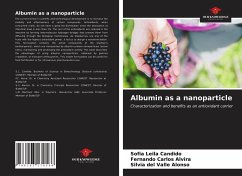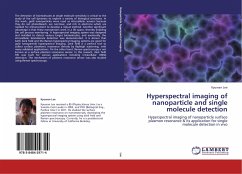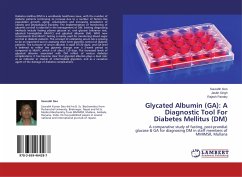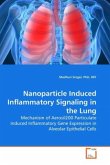The current trend in scientific and technological development is to increase the stability and effectiveness of certain compounds. Antioxidants, when consumed orally, do not have a good bio-distribution since the absorption at intestinal level is less than 1%. The rest of the antioxidants are retained in the intestine by forming intermolecular hydrogen bridges that prevent them from diffusing through the biological membranes. As blueberries are one of the fruits with the highest antioxidant power, it led us to design a nanoformulation. This formulation contains the active compounds of the blueberry (anthocyanins), which are transported by albumin protein nanoparticles (active sites), maintaining and prolonging the antioxidant activity. This book describes the advantages of using albumin nanoparticles, obtained by gamma irradiation, to transport anthocyanins. This stable formulation can be useful for food fortification or for intravenous pharmaceutical use.








